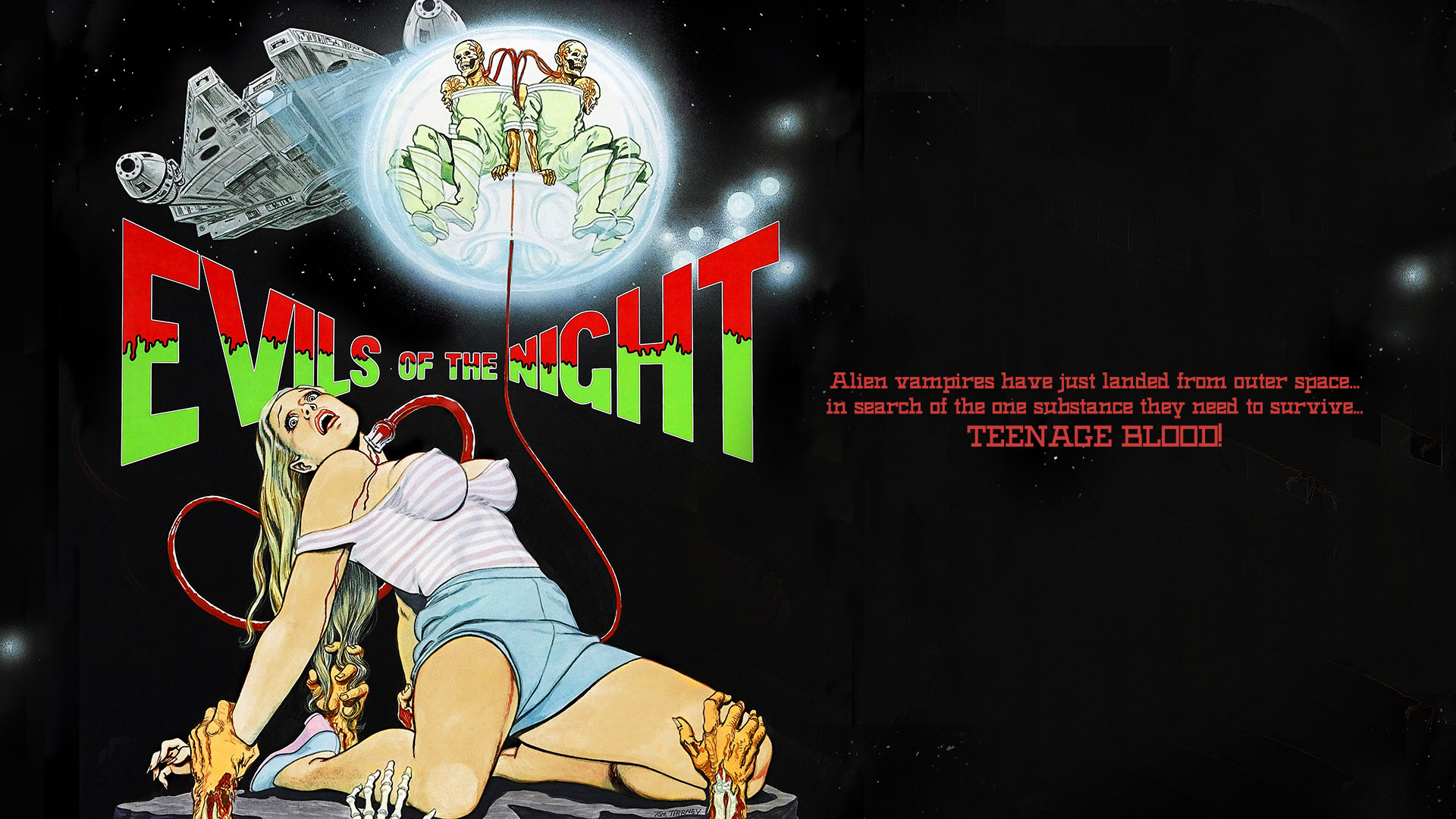“I go to church every now and then. What I see in my line of work… faith’s a little hard I sustain.”
Hobbes-Fallen
It wasn’t until this weekend that I had even considered watching Azrael. The film hooks you with its quiet, almost haunting approach to horror. This isn’t a film that screams at you—instead, it drags you into an eerie, wordless world that feels more disturbing with each passing scene. Simon Barrett’s smartly crafted script dives deep into fear, survival, and the psychological toll of silence, allowing Weaving to carry the entire narrative on her shoulders. This horror movie doesn’t need dialogue to keep you on edge, and that’s precisely what makes it so gripping.

Samara Weaving’s performance is the heart and soul of this film. Weaving brings a mesmerizing intensity to her role, portraying her character with a raw vulnerability that pulls the viewer into her isolated, nightmarish world. Without uttering a single word, she conveys a profound emotional depth through every glance and movement, building a tension that feels almost claustrophobic. This is horror acting at its finest—a nuanced, physical performance that communicates terror, resolve, and heartbreak in a way that transcends language.

Barrett’s script is another star of Azrael, structured to make the silence itself feel like a character. The story is well-paced, feeding the audience just enough information to keep them on edge while preserving an aura of mystery that heightens the horror. It’s a beautifully layered narrative that doesn’t rely on dialogue but instead leans into the power of visual storytelling, giving each scene an eerie, almost meditative rhythm. The cinematography and sound design play major roles here, allowing the silence to settle and creating a tension that resonates long after the film ends.

The choice to exclude dialogue and, notably, ASL does feel like a missed opportunity. While the silence amplifies the dread, incorporating ASL would have enriched the character’s depth and added another layer of authenticity. Most of the characters communicate using whistling, which is unique but somewhat unrealistic. My main issue is that it feels more like a distraction than a benefit. It’s a minor flaw in an otherwise brilliant film, but it’s one worth mentioning because of what it could have brought to the experience.
The monsters in Azrael are a chilling highlight, bringing an unsettling, primal energy to the film. They aren’t your typical horror creatures—director E.L. Katz and Barrett have crafted beings that feel deeply connected to the wilderness, almost like they’re manifestations of nature itself, wild and unpredictable. They’re grotesque yet eerily human, lurking in the shadows, and their presence builds a relentless tension throughout. Each encounter with them is intense, heightening the sense of isolation and danger that defines the film. The monsters don’t just jump out for cheap scares; they stalk, observe, and wait, adding to the slow, creeping dread that Azrael nails so well. These creatures are unforgettable, elevating the horror with a design and menace that stays with you long after the credits roll

Azrael is a hauntingly crafted film that thrives on silence, leaning into a mesmerizing lead performance from Weaving and a meticulously thought-out script by Barrett to tell a story that lingers. Katz’s direction is refreshing, offering an experience that’s as powerful as it is unique—a must-watch for anyone who appreciates horror that dares to be different. Some may squabble with the ending, but I found it to be almost perfect.
Rating: 8/10




